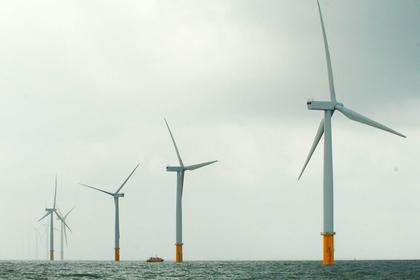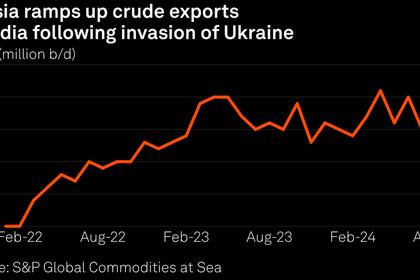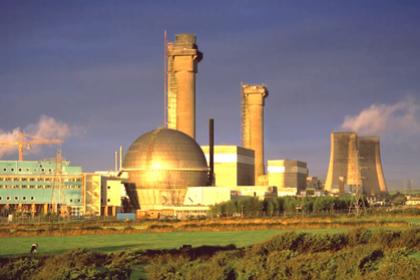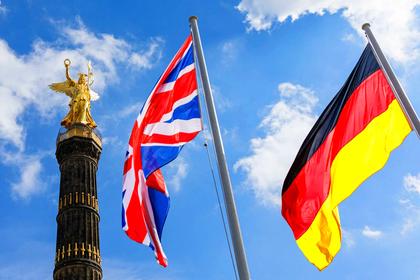
BRITAIN NEED LNG

PLATTS- 19 Nov 2024 - The UK is set to receive its highest LNG volumes since February as it becomes the preferred destination for diverted LNG cargoes due to slot availability.
The country has imported 424,000 mt of LNG in November so far and should receive around 291,000 mt more.
This would put the UK's import levels at their highest since February, when it took 991,000 mt of LNG. The country has seen particularly low LNG demand since Q2 of 2024; however, that seems to be shifting as it procures more winter cargoes.
Four of the seven ships currently heading toward the UK have seen diversions: LNG Harmony, BW Lesmes, Vivirt City LNG and Gaslog Windsor.
LNG Harmony, initially bound for the Mediterranean, altered its course on Nov. 14 and is now headed toward the UK's Dragon LNG terminal, which it should reach on Nov. 19.
Similarly, BW Lesmes also changed its destination from China to the UK on Nov. 14 and should deliver at Isle of Grain on Nov. 25.
Vivirt City LNG, initially headed to Bangladesh, diverted to the UK on Nov. 15 and is set to reach Milford Haven on Nov. 30.
Gaslog Windsor, originally bound for Thailand, was redirected to the UK on Nov. 15 and is scheduled to reach the Isle of Grain on Dec. 1.
Slot availability in the region, compared to other NWE destinations, is primarily supporting the diversions to the UK.
"There are slots available and they are in the money," said an Atlantic-based trading analyst. "European terminals' slots are a bit expensive. At this point, Grain has a lot of unutilized capacity."
In addition to the rerouted ships, Aristidis I, Seri Daya, and Sonangol Etosha are also en route to the UK and are expected to deliver between Nov. 25 and Dec. 3.
East-west arbitrage
The diversions have coincided with Northwest European LNG prices surpassing the Northeast Asian LNG benchmark JKM prices, thereby shutting the arbitrage east.
"The diversions from Asia to Europe are related to JKM/TFU being 0 or negative, Europe has the buying appetite," said an Atlantic-based LNG trader.
The December JKM at $13.821/MMBtu and December NWE at $14.058/MMBtu. As a result, JKM flipped to a 23.7-cent/MMBtu discount to NWE, marking the weakest spread between the two markers since Oct. 12, 2023, in contrast to the $1.615/MMBtu premium JKM enjoyed over NWE at this time in 2023.
Since then, Asian markets have been trying to catch up to attract marginal LNG cargoes. On Nov. 18, JKM was still at a 13.3 cents/MMBtu discount versus NWE, making it less economical to make the longer voyage to the Pacific.
According to Commodity Insights data, Europe's share of US exports rose from 42.4% in October to 48.9% in November, compared to Asia, whose share dropped from 40.5% to 28.2%.
Intra-European arbitrage
UK's attractiveness as a diversion hub is also being driven by the strength in UK's natural gas NBP prices versus other European gas hubs.
The NBP front month contract has maintained a strong premium to Dutch TTF in November so far, amid stronger demand, a tight LNG market and a drop in domestic production, leaving the hub at a record high premium of Eur1.974/MWh (60 cents/MMBtu) on Nov. 12. This is the highest premium seen since December 2021.
NBP MA was assessed at an average premium of Eur1.6/MWh (50 cents/MMBtu) from Nov. 1-18. This is compared to an average discount of 38 euro cent/MWh over the same period a year earlier.
The LNG DES Northwest European Marker for January delivery at $14.356/MMBtu or a 24.5 cents/MMBtu discount to Dutch TTF. At the same time, the NBP January instrument was assessed at a 50.2 cent/MMBtu premium to the TTF.
This leaves a spread of 74.7 cents/MMBtu between DES LNG and gas in the UK, making it more economical to deliver to the UK than to other NWE destinations.
The NBP premium to the TTF will average Eur0.39/MWh for the remainder of Q4-2024. This premium should incentivize UK LNG sendout, which is projected to average 32 million cu m/d in November and 30 million cu m/d in December.
Storage dynamics
Given the limited underground storage capacity in the UK, which is only 9.68 TWh, the country must rely on pipeline imports and LNG cargoes, which have provided the hub with some flexibility on the spot in periods of demand peaks.
Storages in the UK recorded net injections on Nov. 16 and Nov. 17, reaching 61.94% capacity as of Nov. 17, compared to a 91.89% storage fill rate with 9.06 TWh of gas stored at the same time last year.
Temperatures in the UK are also expected to stay well below the five-year average, pressuring NBP and necessitating LNG purchases.
The latest data from Customweather forecasts temperatures in the UK to average 5.15 C below the five-year average, rising to 1.4 C below norms on Nov. 23.
This is reflected in the UK's national gas demand forecast, which is expected to rise well above seasonal norms at 276 million cu m/d on Nov. 19, 312 million cu m/d on Nov. 21 and 318 million cu m/d on Nov. 23, respectively.
-----
Earlier:

















